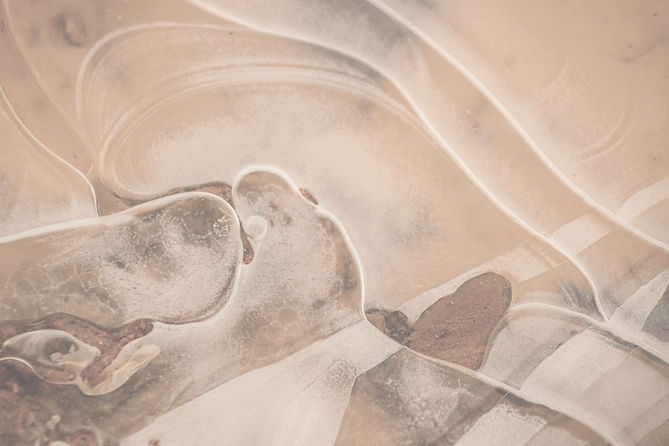
Hands-on Learning
This section highlights three honors experiences that provided hands-on learning through internships and research. These experiences allowed me to apply classroom knowledge to real-world situations, deepening my understanding and skills. I hope this page inspires other honors students to seek out hands-on learning, as it’s an incredible way to push yourself.
1) Internship

Center for Forensic Science Research and Education (CFSRE)
Supervisor: Mia Borrelli
During my internship at the Center for Forensic Science Research and Education (CFSRE), I engaged in mock casework, validation studies, and competency testing under the chain of custody. Additionally, I ran my own unknown samples on instruments such as Gas Chromatography-Mass Spectrometry (GC-MS) and Fourier Transform Infrared Spectroscopy (IR). I wrote my own reports and testified on my findings in a mock trial.




CFSRE Reflection:
I am incredibly grateful for the experience I gained while working at the CFSRE. It was enlightening to see what a private lab is like, especially since most of my coursework has focused on public labs. I particularly enjoyed the opportunity to work on mock cases independently, as it allowed me to apply everything I learned in lectures to real, hands-on situations.
I also learned that the internship consists of exercises similar to those used in the training of new forensic scientists, which made the experience even more valuable. This gave me a true sense of what it feels like to work as a forensic chemist in a private lab setting.
At the end of the internship, I had the opportunity to testify in a mock trial. This was a great experience because it’s something I’ll be doing in real life, and getting practice at it was definitely needed.
2) Internship
MiraVista Diagnostics
Supervisor: John Witt
During my internship at MiraVista, I verified and unboxed specimens to ensure the labels matched their paperwork. I also stamped the paperwork to record the sample conditions (cold, room temperature, or frozen) for proper documentation. I organized and sorted specimens with their corresponding paperwork to ensure accurate analysis, and I logged long-term samples to confirm the labels of the samples were accurate.

MiraVista Reflection:
I really appreciate the chance to work in a clinical lab. It was eye-opening to see how a diagnostics lab differs from a forensic lab. I also had the opportunity to work with biological samples, which was something I hadn’t done before. While I’m grateful for this experience, I realized that I’m not interested in working in a diagnostics lab or with biological samples in the future.

3) Internship
Forensic Chemistry Research
Supervisor: Dr. John Goodpaster & Alexis Hecker
I analyzed taggants in C-4 using Headspace Gas Chromatography-Mass Spectrometry (GC-MS). This involved preparing and running samples to measure the concentration of the taggant 2,3-dimethyl-2,3-dinitrobutane. I also preformed limit of detection studies on the GC-MS I was using.
Research Reflection:
I loved working in Dr. John Goodpaster's forensic chemistry research lab. I learned how to use GC-MS with both headspace and liquid injection methods. Working in this lab boosted my confidence in myself when it comes to working in a lab independently. Part of participating in this research meant writing a report on what I was working on. I have it embedded below.